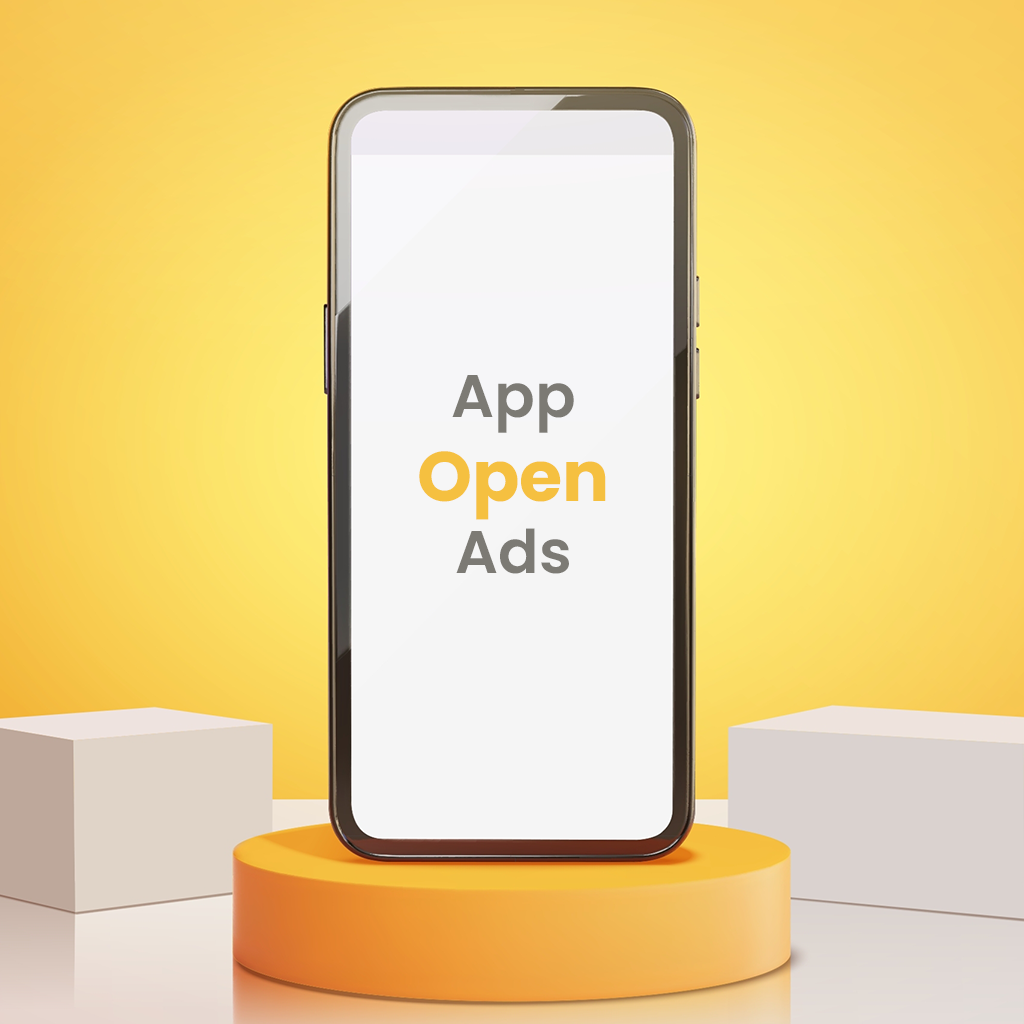
Cookieless Monetization with PPIDs
ThePubverse Team | May 19, 2023
The digital advertising landscape is undergoing a profound transformation with the phase-out of third-party cookies. As publishers and advertisers seek alternative methods to maintain effective monetization while respecting user privacy, Privacy-Preserving Identifiers (PPIDs) have emerged as a promising solution. In this article, we will explore what PPIDs are, examine the significant benefits they offer to global publishers, discuss user tracking and personalized experiences in a post-cookie world, and consider the pros and cons of adopting PPIDs as a cookieless monetization strategy.
Understanding PPIDs
Privacy-Preserving Identifiers (PPIDs) are unique identifiers assigned to users, designed to respect user privacy while enabling effective targeting and measurement. Unlike third-party cookies, PPIDs prioritize user consent and data protection, ensuring a privacy-conscious approach to monetization.
Gains from PPIDs
- Increased Revenue: Global publishers leveraging PPIDs have experienced a notable surge in revenue. By capturing and utilizing first-party data in a privacy-respecting manner, publishers can offer valuable insights to advertisers, resulting in improved targeting and campaign performance. Studies have shown revenue increases of up to 20% for publishers adopting PPIDs.
- Enhanced User Engagement: With PPIDs, publishers can deliver personalized experiences that resonate with their audience. By leveraging consented user data, publishers have reported higher engagement rates, such as increased click-through rates (CTR) and longer session durations.
- Improved Data Control: PPIDs provide publishers with greater control over their data assets. With a first-party data-driven approach, publishers can strengthen their data ownership and reduce reliance on third-party data, enhancing their ability to build direct relationships with advertisers.
Track Users and Provide Personalized Experiences in a Post-Cookie World
PPIDs offer effective solutions for tracking users and delivering personalized experiences while preserving privacy. Here’s how:
- Contextual Targeting: Publishers can leverage contextual information from webpages to understand user interests. By analyzing the content and context, publishers can deliver relevant ads based on the webpage’s topic without relying on individual user data, thus respecting user privacy.
- Consent-Based Tracking: PPIDs empower publishers to seek explicit consent from users to collect and utilize their data. By obtaining consent, publishers can track users across their platforms and provide personalized experiences while upholding privacy standards.
- First-Party Data Utilization: With PPIDs, publishers can harness their first-party data effectively. By leveraging user preferences, behaviors, and interactions within their own ecosystem, publishers can offer tailored content and advertising experiences, improving user engagement and satisfaction.
Also read: Top Ad Operations Challenges for Enterprise Publishers in MENA
Pros and Cons of PPIDs
While PPIDs offer numerous benefits, it is crucial to consider the potential challenges as well.
Pros
- Privacy-Focused: PPIDs prioritize user privacy by employing methods that minimize data exposure and ensure user consent.
- Data Ownership: With PPIDs, publishers regain control over their data assets, reducing reliance on third-party data sources.
- Personalization Opportunities: PPIDs enable publishers to provide tailored experiences, enhancing user engagement and driving better campaign performance.
Cons
- Fragmented Ecosystem: Implementing PPIDs requires industry-wide collaboration and standardization, which can be challenging to achieve.
- Limited Cross-Site Tracking: PPIDs primarily operate within individual publisher domains, making cross-site tracking more complex, potentially impacting ad targeting and measurement accuracy.
- Adoption and Education: Widespread adoption of PPIDs necessitates educating publishers, advertisers, and users about their benefits, usage, and the new paradigm of cookieless monetization.
Also read: Optimize Viewability & Long-Term Ad Revenue In 2023
PPIDs is emerging as a viable solution for global publishers. PPIDs offer a privacy-conscious approach to user tracking and personalized experiences, while providing tangible benefits for publishers. The statistics speak for themselves, with significant revenue increases and improved user engagement reported by publishers who have embraced PPIDs.
However, challenges exist. The ecosystem surrounding PPIDs requires industry collaboration and standardization to ensure seamless implementation across platforms and publishers. Cross-site tracking limitations may pose hurdles to accurate ad targeting and measurement. Additionally, educating stakeholders about the benefits and usage of PPIDs is crucial for widespread adoption and success.
As the digital advertising landscape evolves, embracing cookieless monetization with PPIDs becomes imperative. Publishers must adapt to privacy-focused strategies while maximizing revenue potential and user engagement. By leveraging the power of PPIDs, publishers can navigate the changing advertising ecosystem and continue to thrive in a cookieless world.




